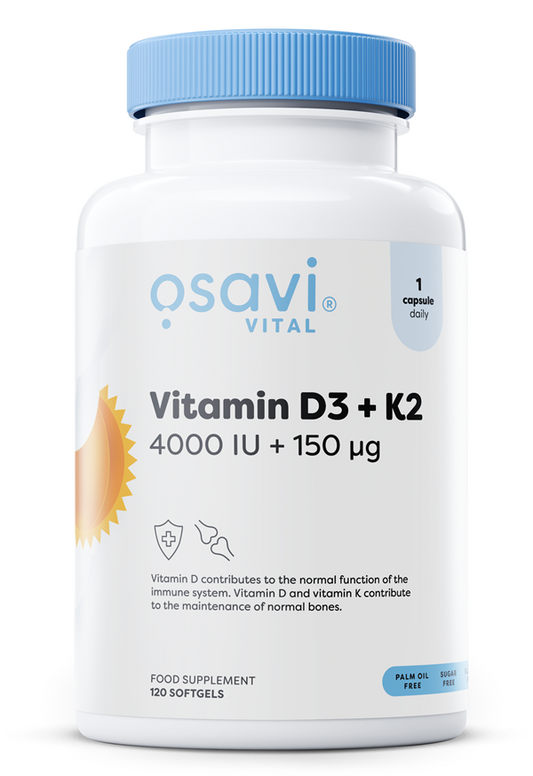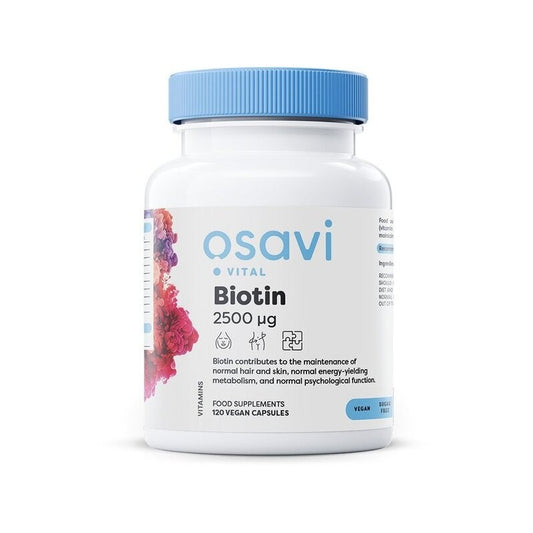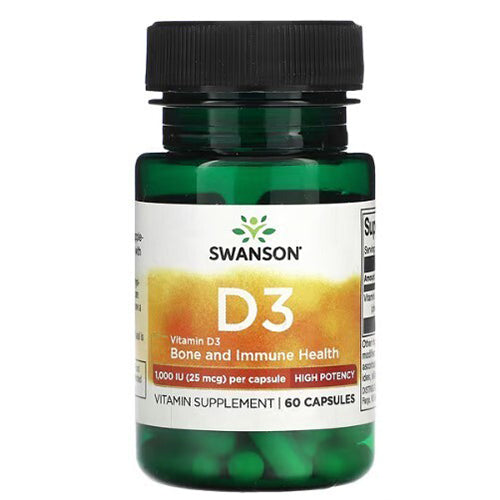
Vitamin A: Key Nutrient for Vision, Skin, and Overall Wellness
Jakub SkibaVitamin A is a fat-soluble vitamin that plays a vital role in overall wellness. It supports vision, skin health, and general nutritional balance. Vitamin A occurs in several forms, including preformed Vitamin A (retinol and retinyl esters) found in animal-based foods, and provitamin A carotenoids (like beta-carotene) found in colorful plant foods such as carrots, sweet potatoes, and leafy greens. The body converts carotenoids into usable Vitamin A as needed.
This nutrient is stored primarily in the liver, allowing the body to draw on reserves when dietary intake fluctuates. Vitamin A contributes to everyday wellness by supporting the natural processes that keep cells, skin, and eyes functioning efficiently. It helps maintain overall vitality and supports the body’s ability to utilize nutrients effectively. Including Vitamin A-rich foods as part of a balanced diet can support nutritional balance and overall health. For individuals following vegetarian or vegan diets, colorful vegetables and fruits are excellent sources, while animal products provide preformed Vitamin A for those with mixed diets.
This article explains the functions of Vitamin A, food sources, recommended daily intake, and practical ways to include it in a diet to support wellness. By incorporating Vitamin A-rich foods into your routine, you can help maintain vision, skin health, and general nutritional balance.
Key Roles of Vitamin A
Vision Support
Vitamin A supports eye function and helps the body adapt to low-light conditions.
Skin health
It promotes the production of new skin cells, contributing to smooth and healthy skin.
Nutritional Balance
Vitamin A supports general wellness by aiding nutrient utilization and maintaining cellular function.
Food Sources of Vitamin A
Animal-Based Sources (Preformed Vitamin A)
-
Liver (beef, chicken)
-
Dairy products (milk, cheese, butter)
-
Eggs (yolk)
-
Fatty fish (salmon, mackerel)
Plant-Based Sources (Provitamin A Carotenoids)
-
Carrots
-
Sweet potatoes
-
Spinach and kale
-
Red bell peppers
-
Mangoes and cantaloupe
Tip: Vitamin A is fat-soluble, so pairing these foods with healthy fats like olive oil or avocado can improve absorption.
Recommended Daily Intake of Vitamin A
|
Age Group |
Daily Recommended Amount (mcg RAE) |
|
Infants (0–12 months) |
400–500 |
|
Children (1–8 years) |
300–400 |
|
Males (9–13 years) |
600 |
|
Males (14+ years) |
900 |
|
Females (14+ years) |
700 |
|
Pregnant women |
770 |
|
Breastfeeding women |
1,300 |
Vitamin A should be consumed according to these guidelines. Over-supplementation, especially from preformed Vitamin A, can lead to excessive intake. A balanced diet typically provides sufficient levels for most people.









